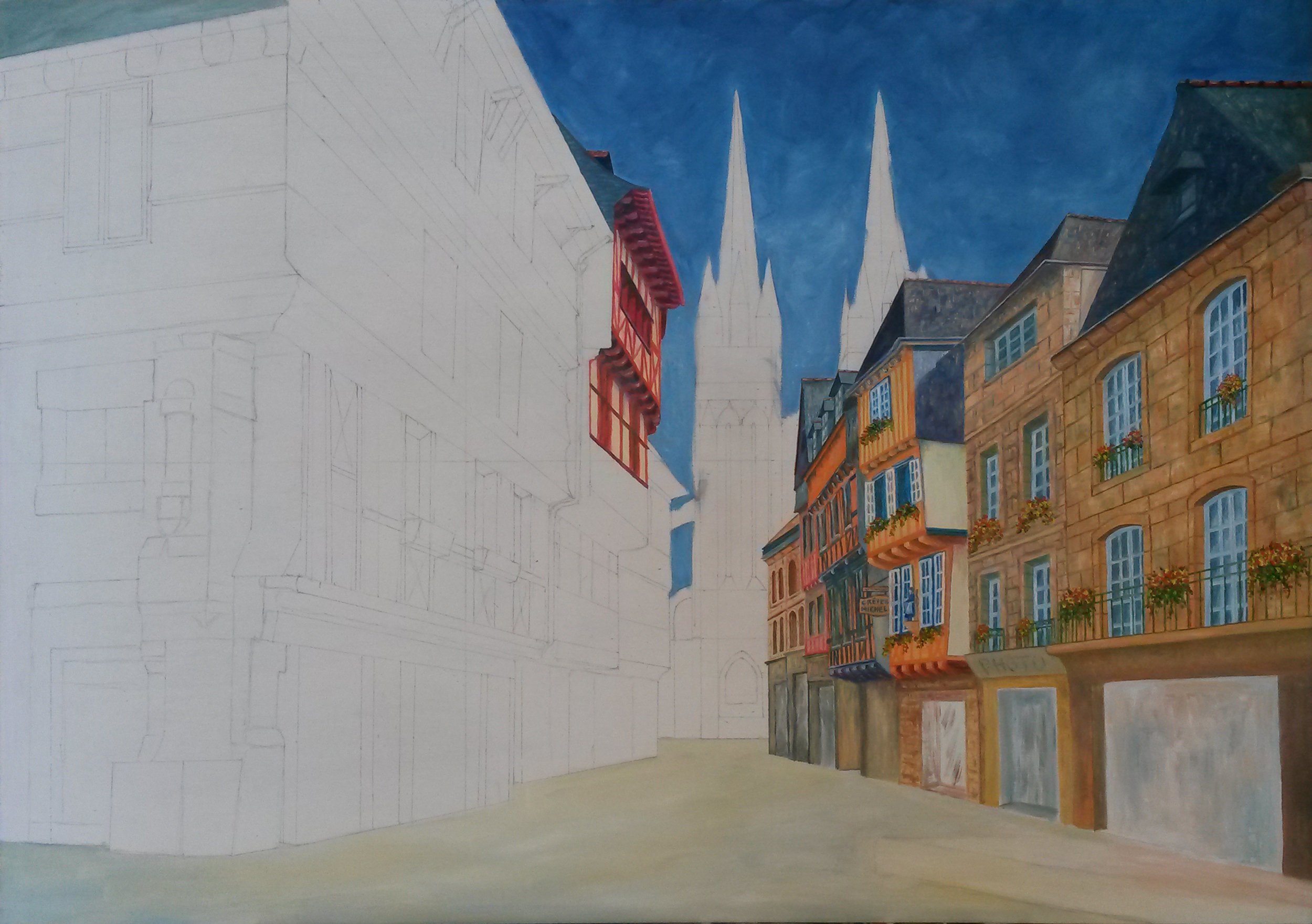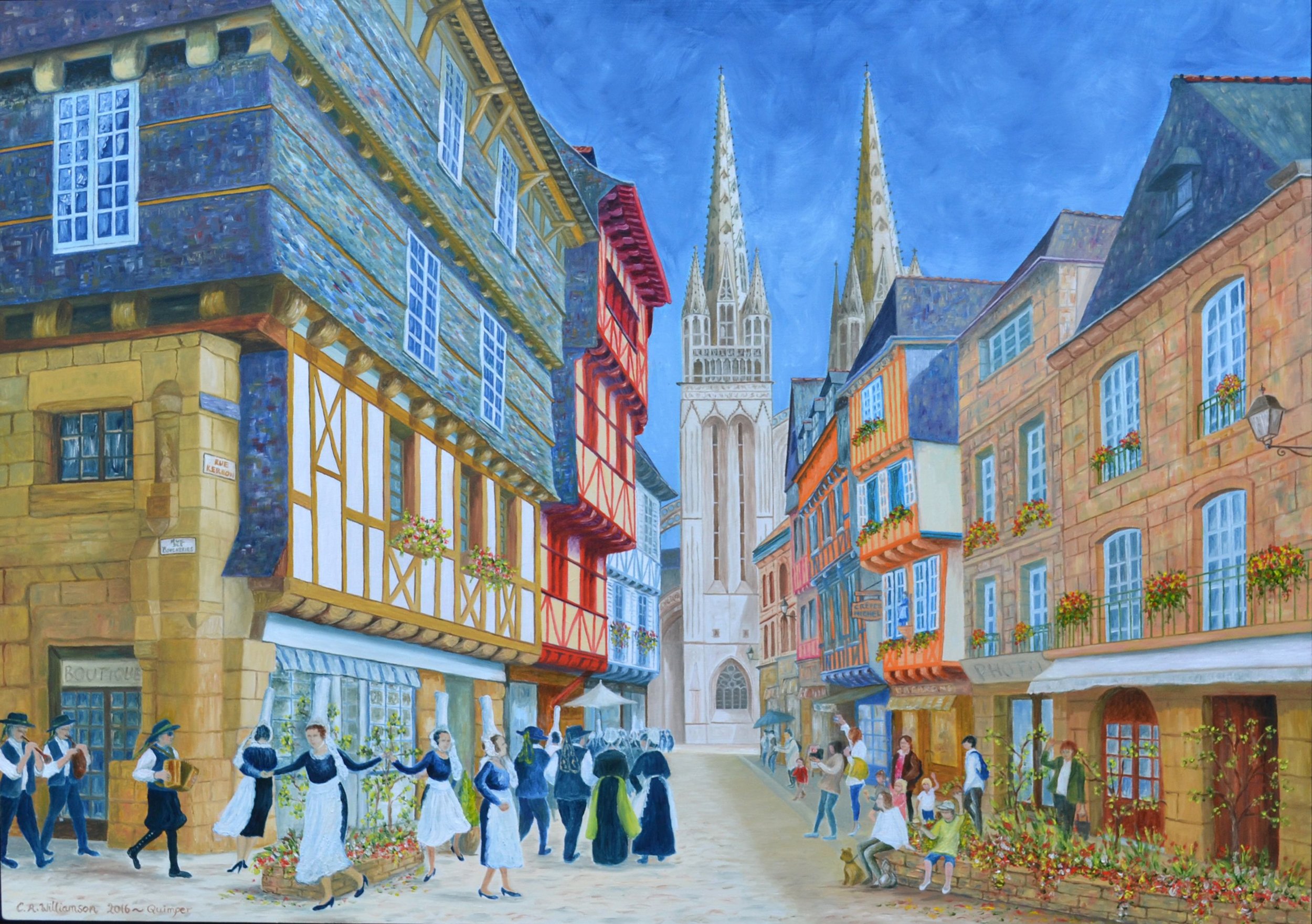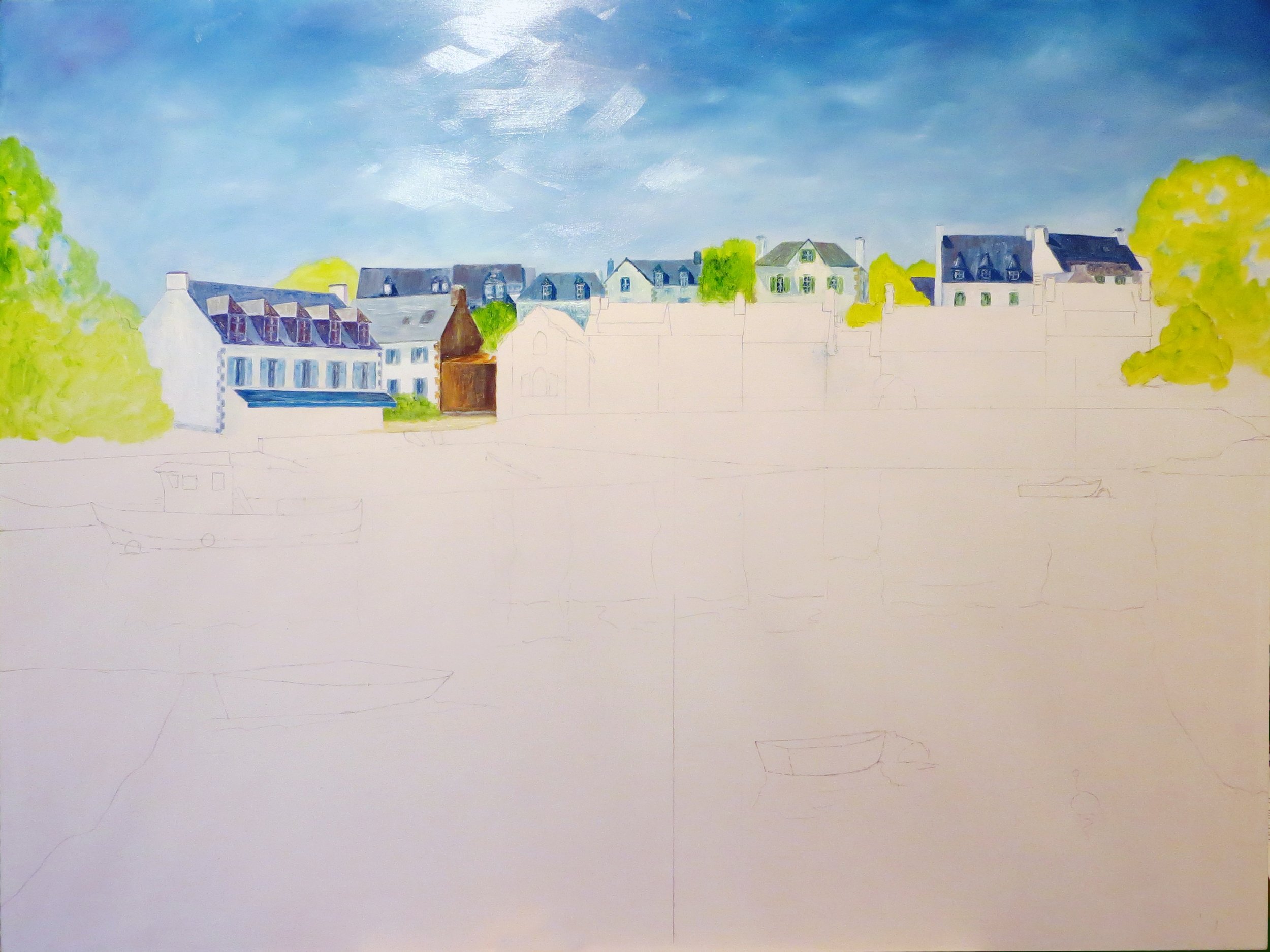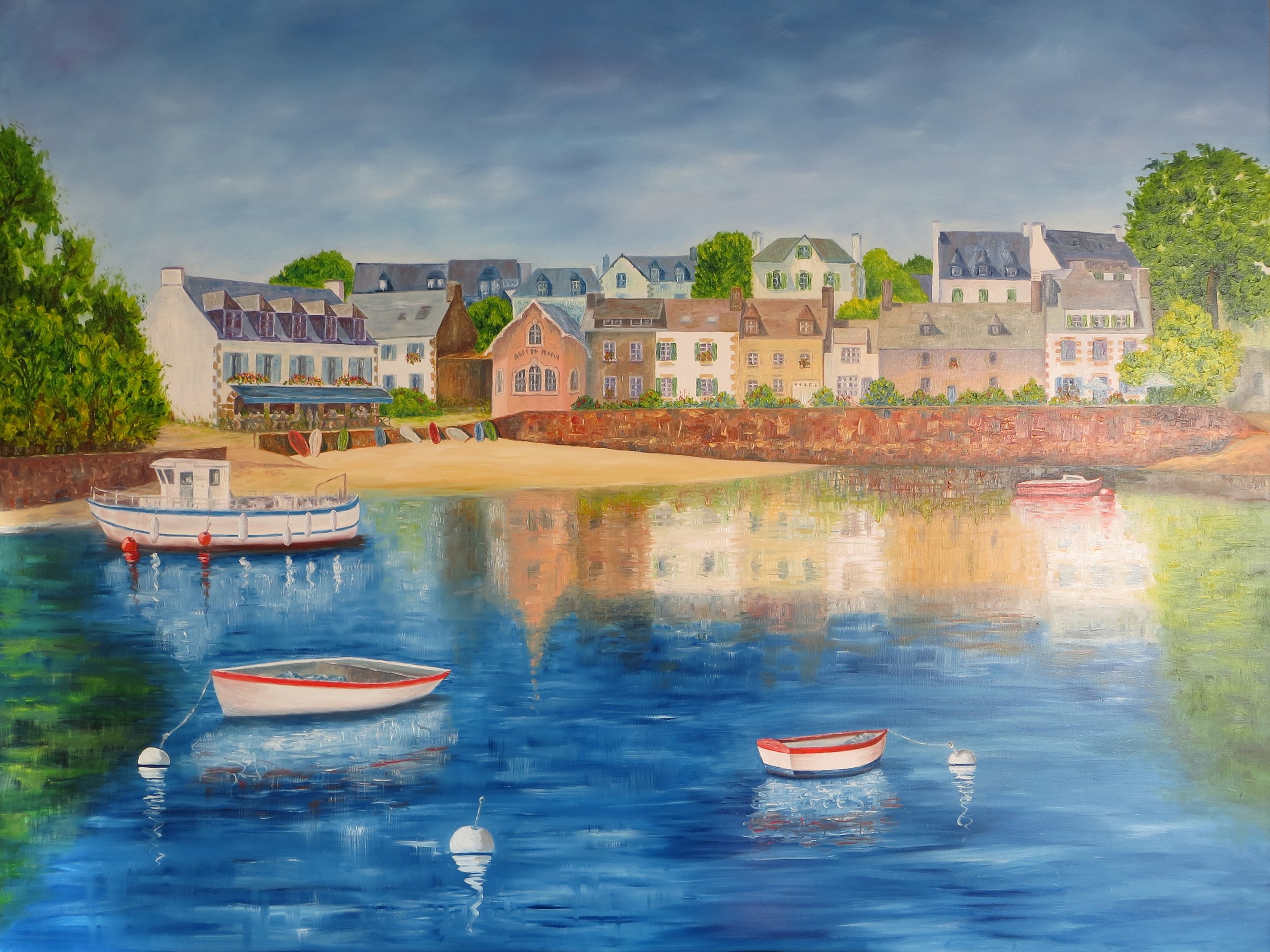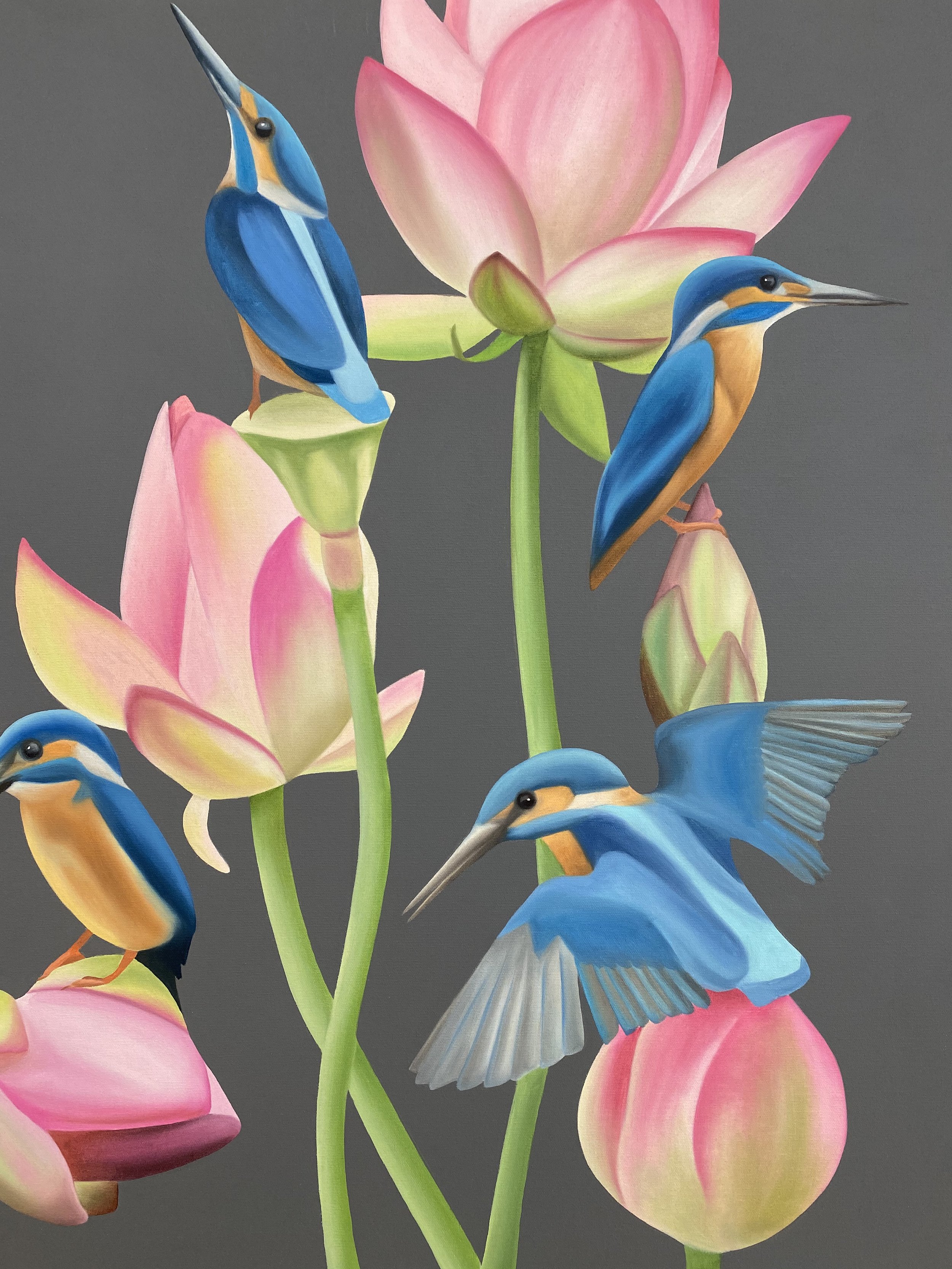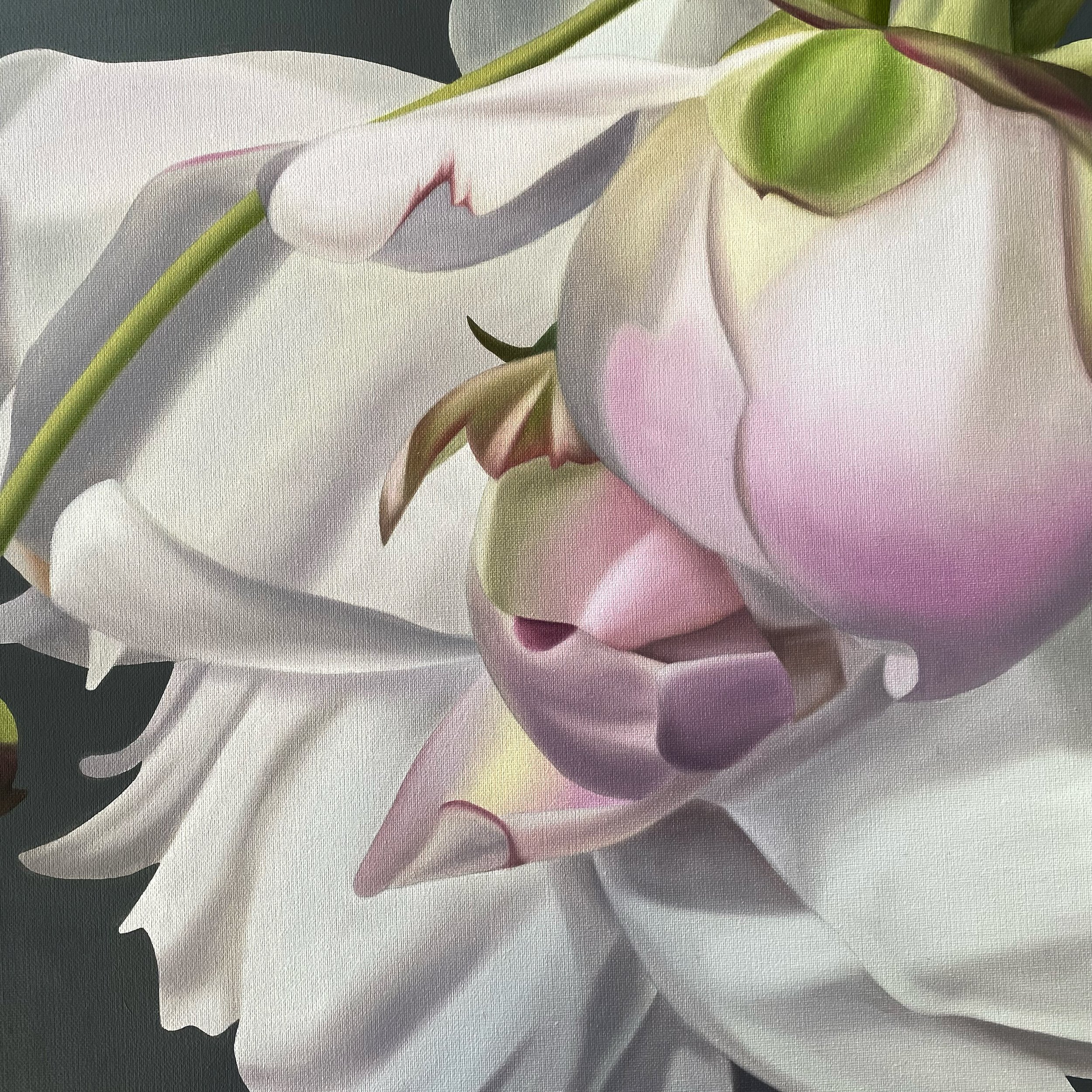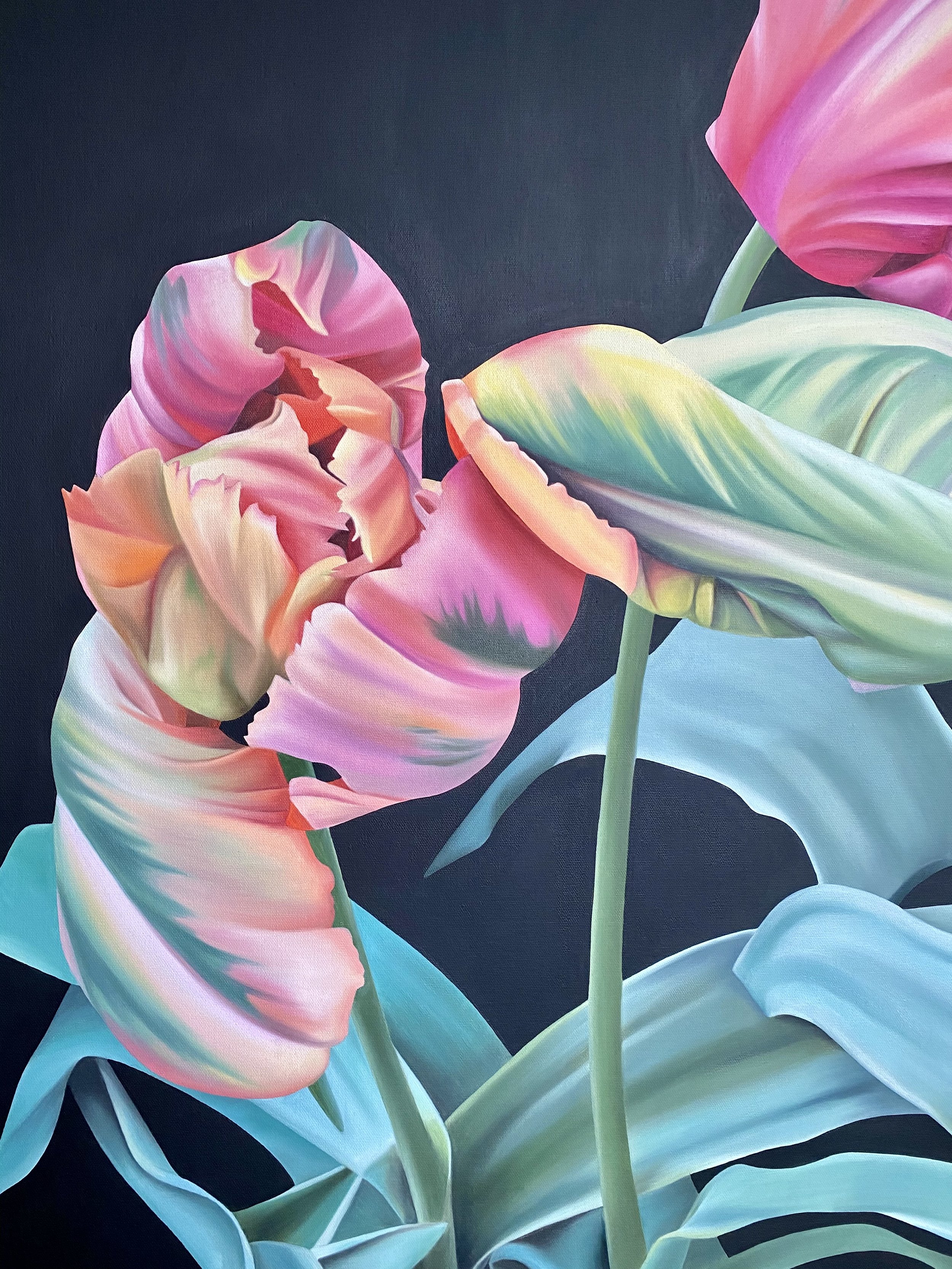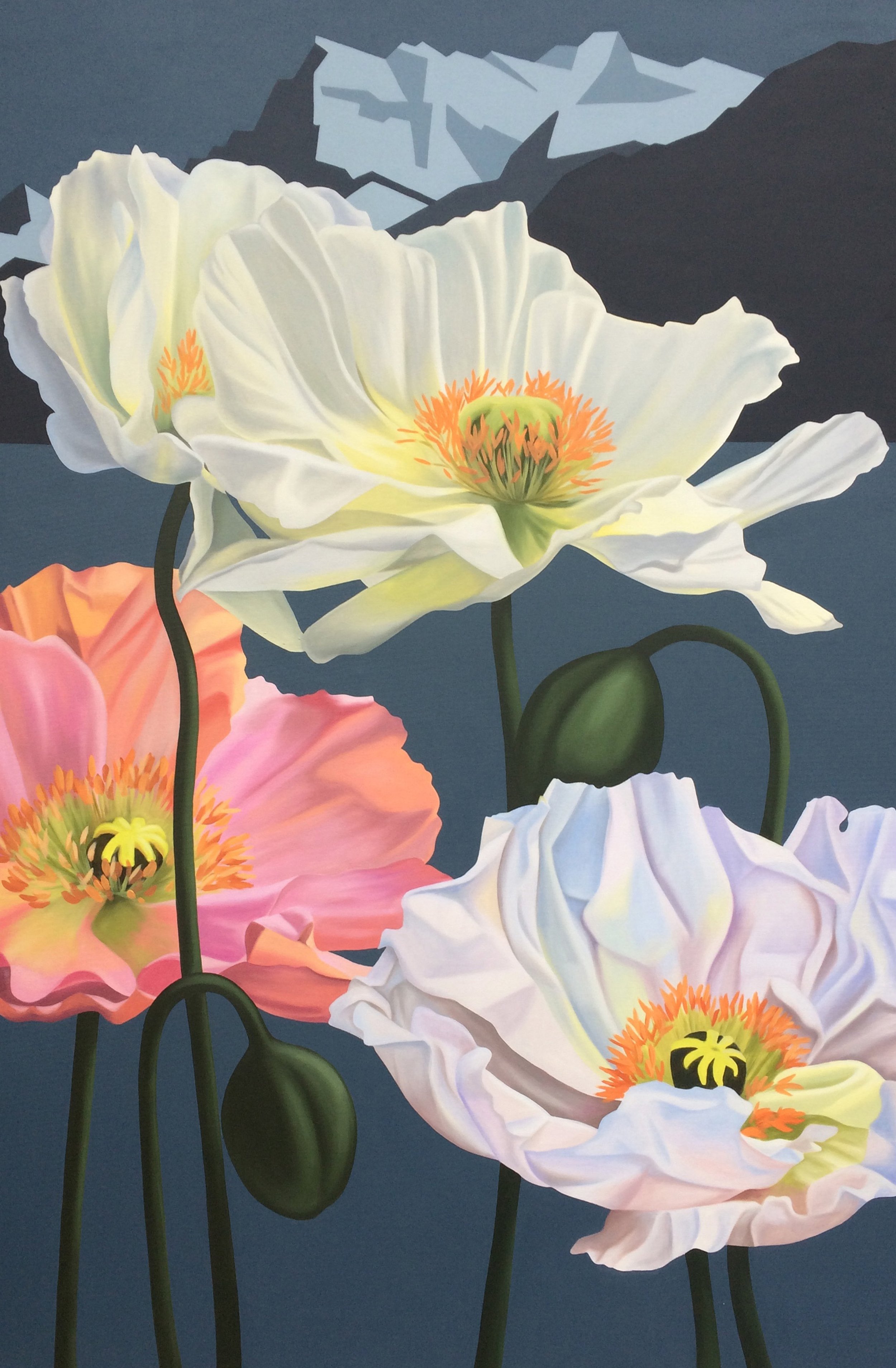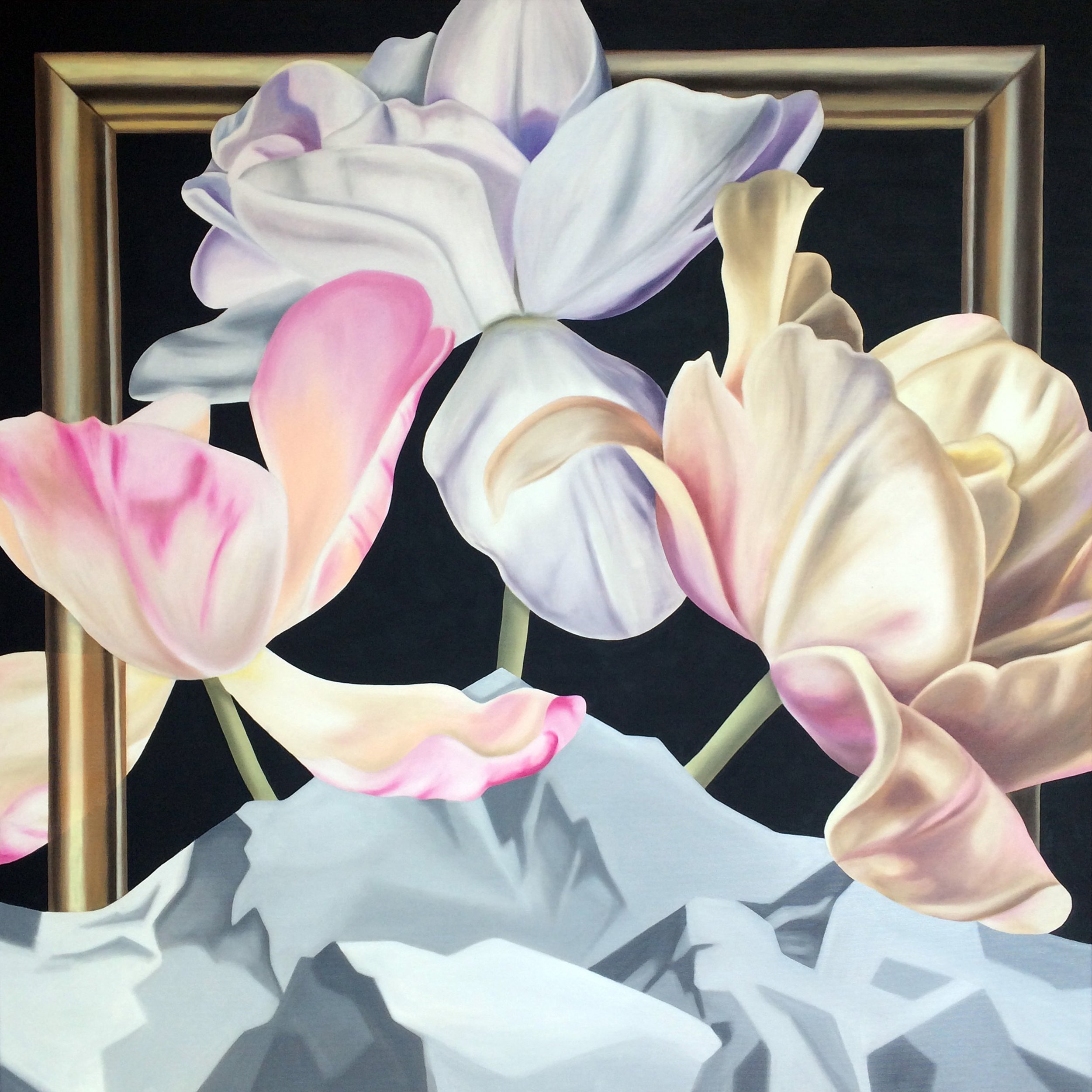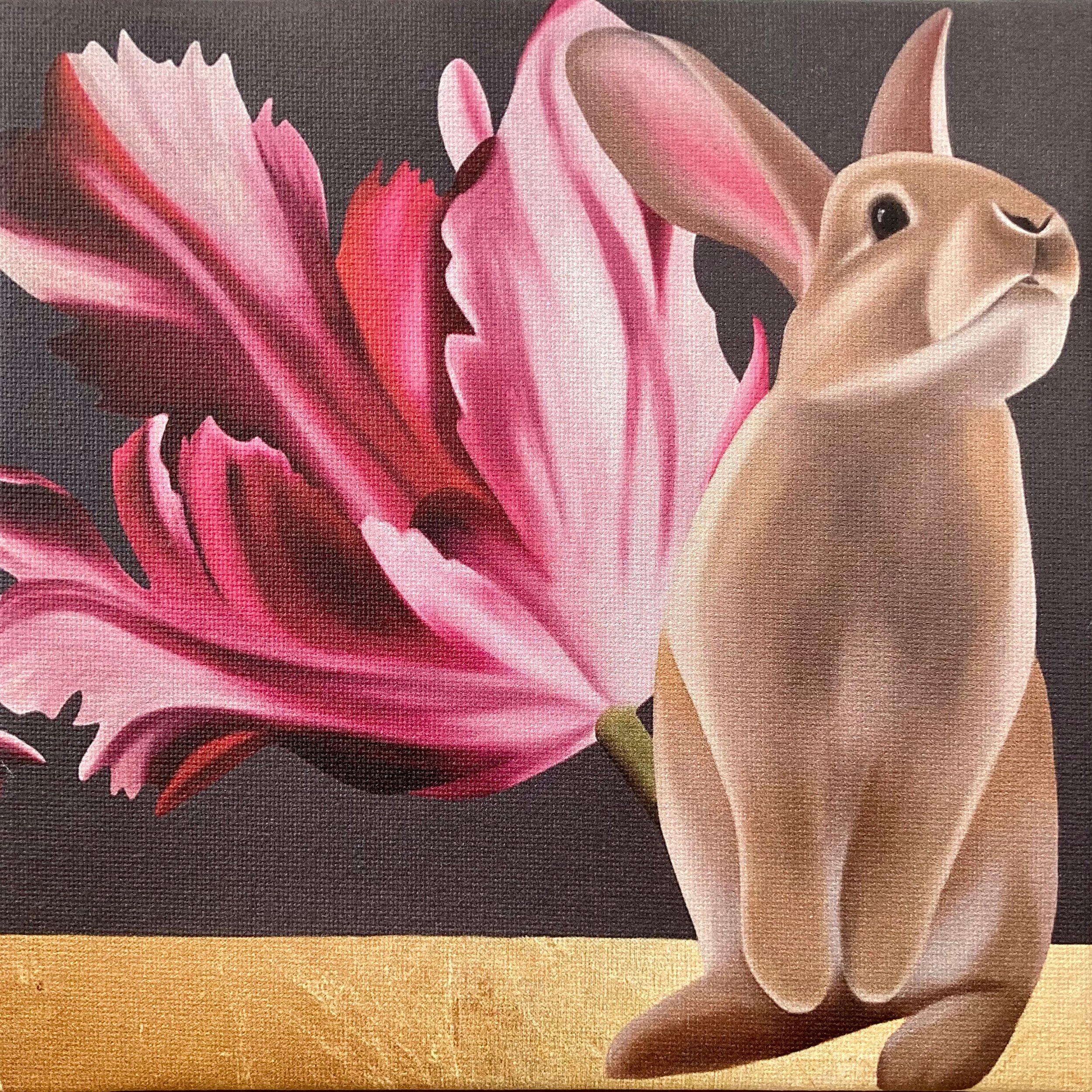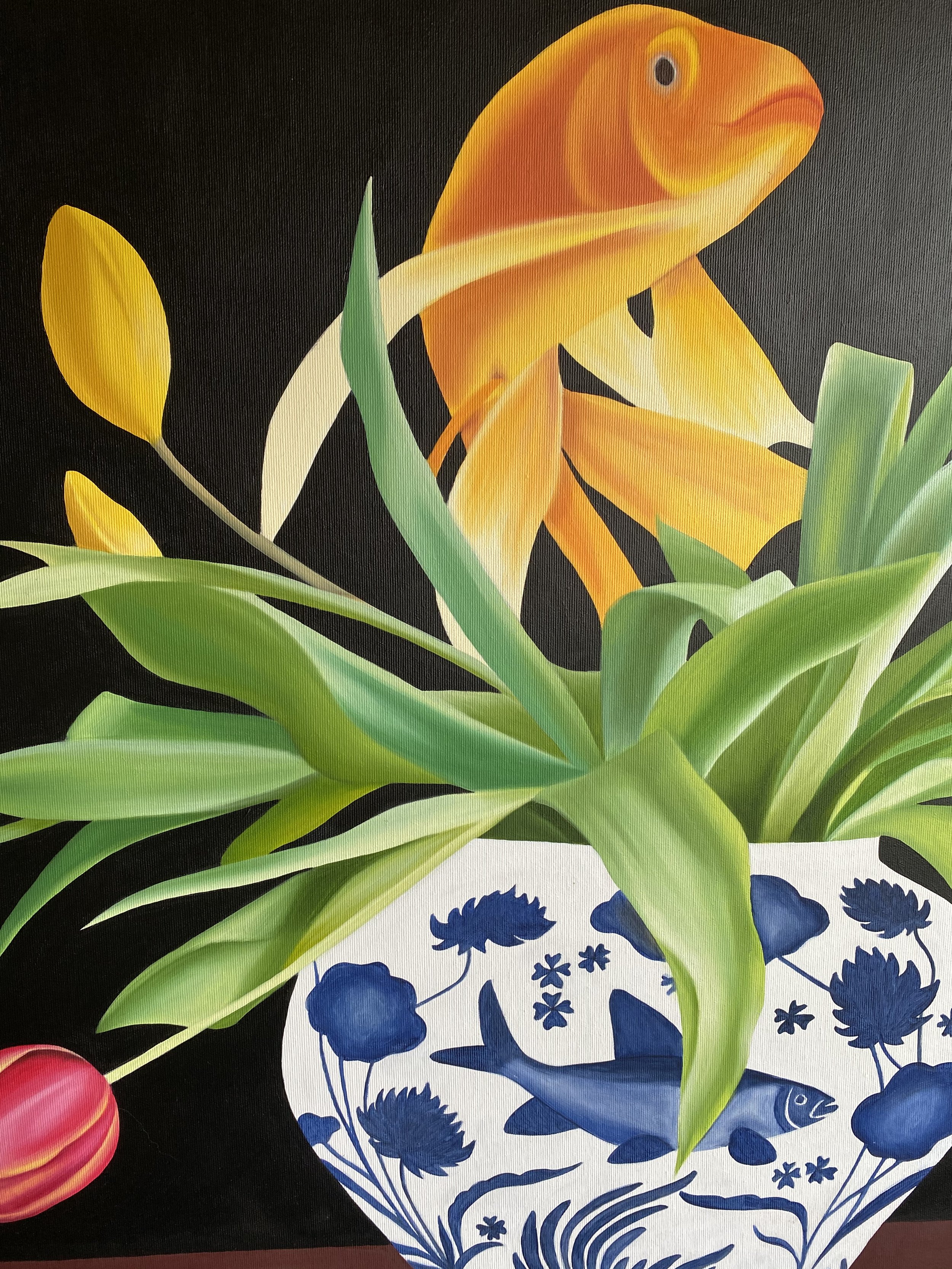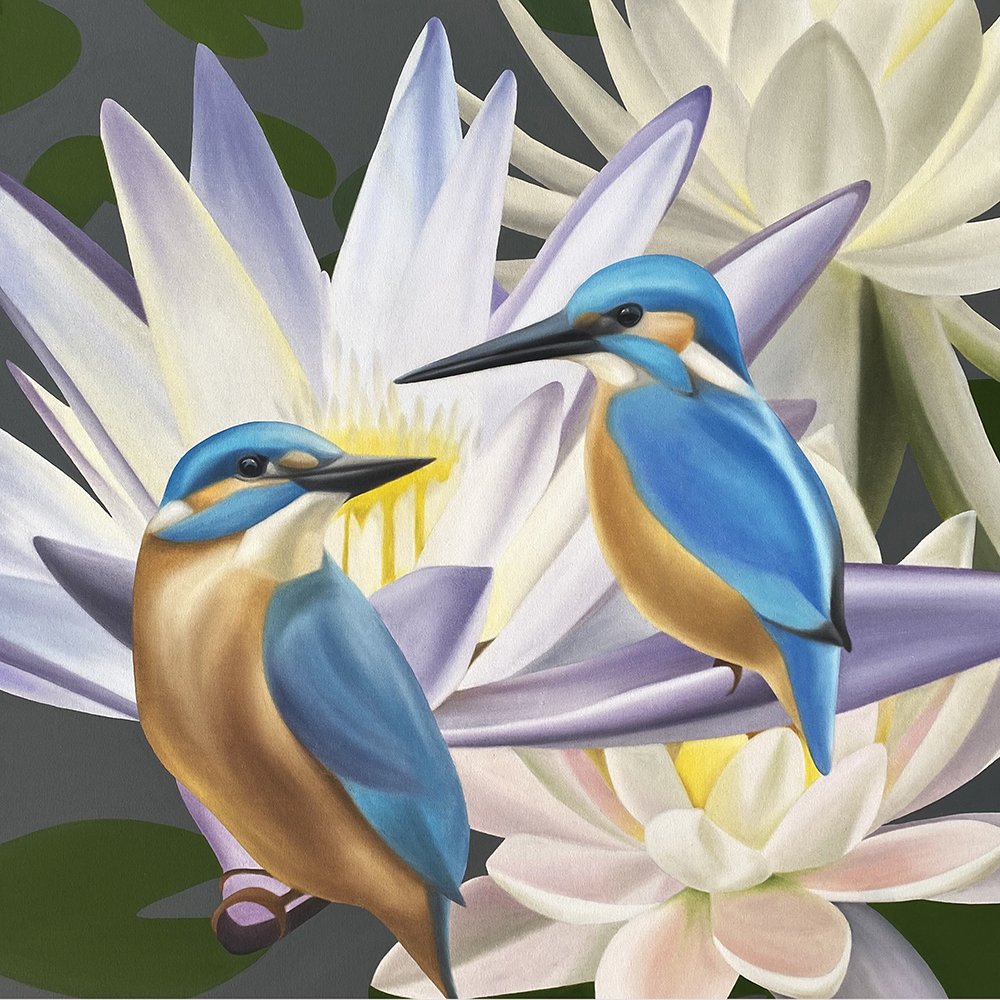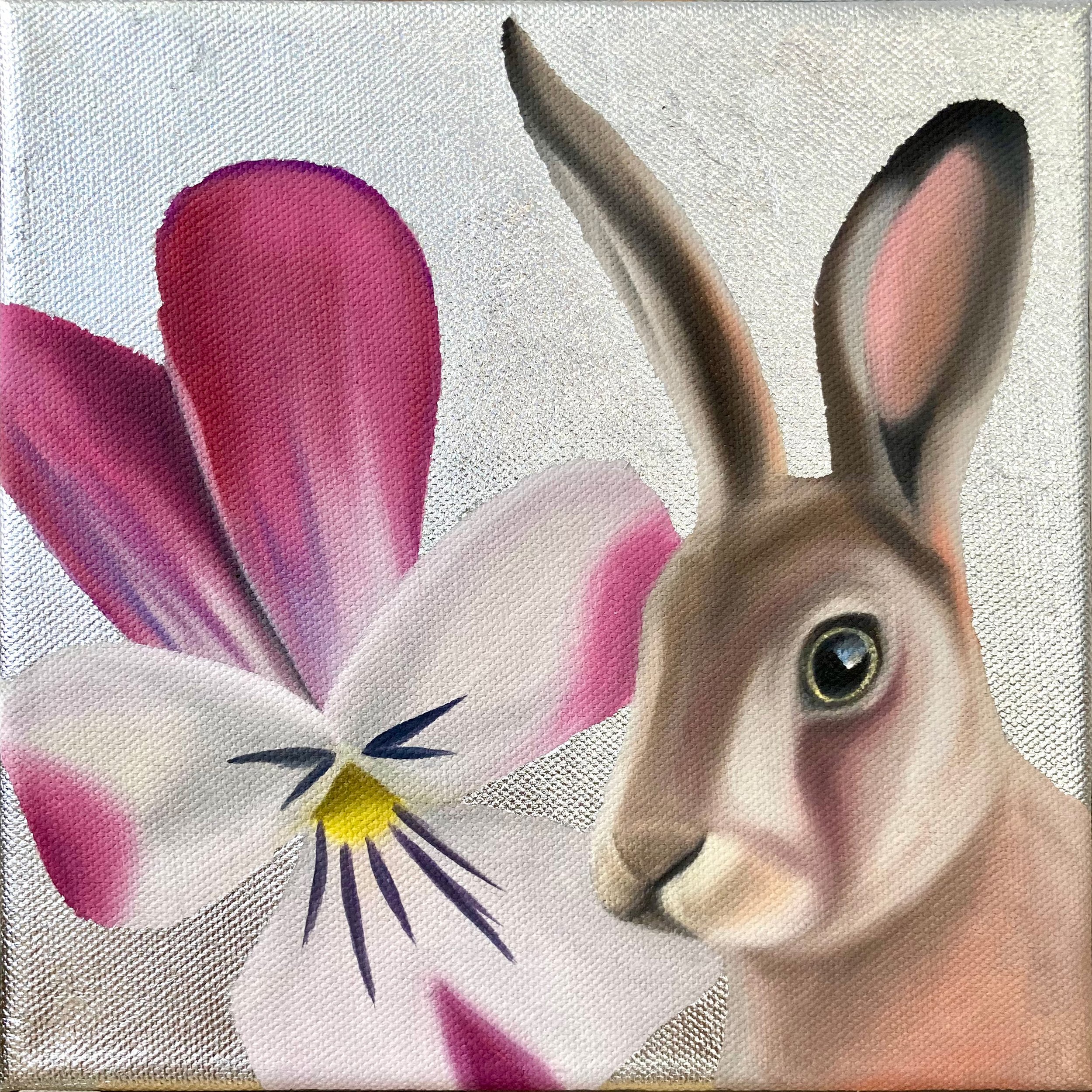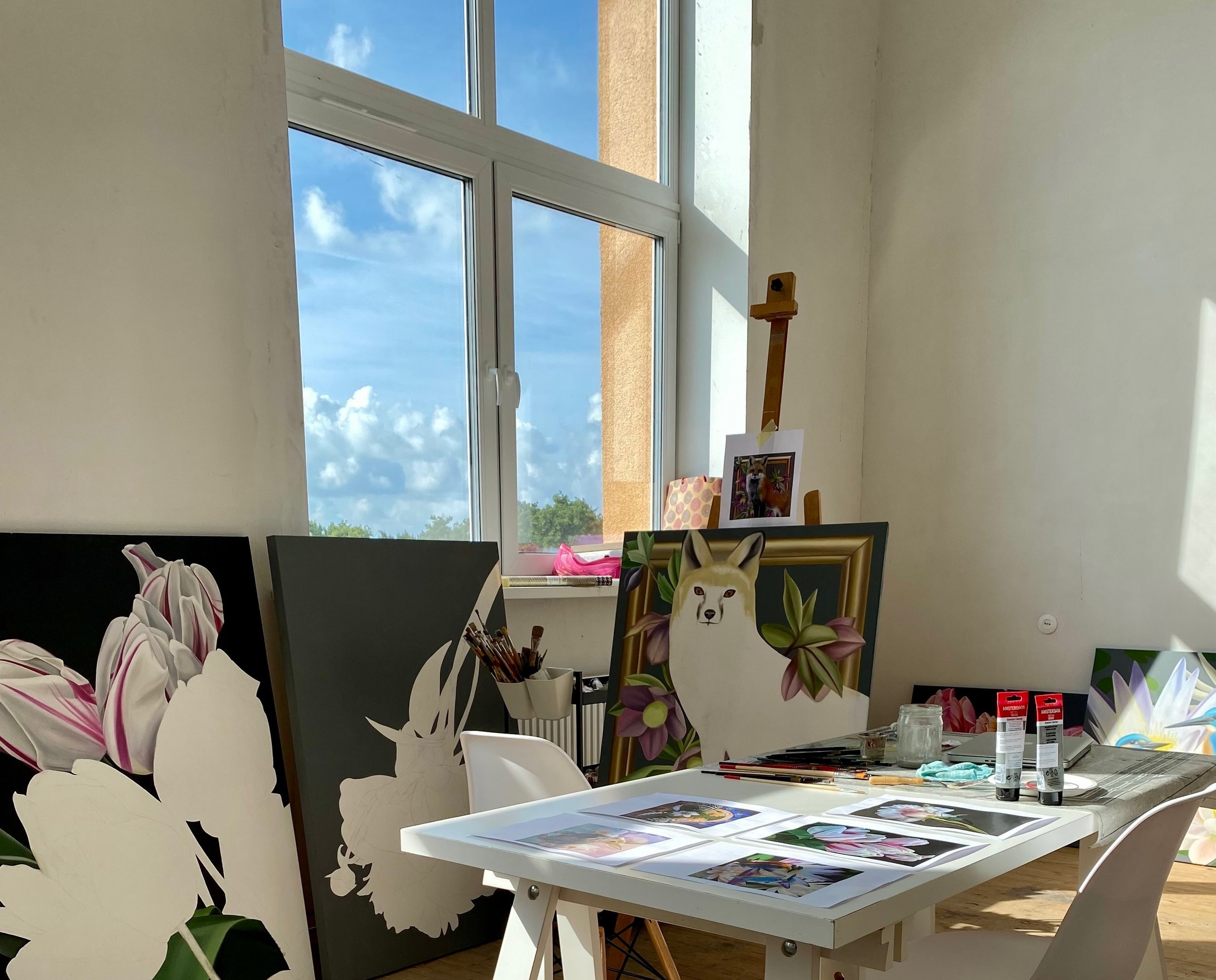Join us for an artful evening at Café Littéraire, a new cultural space opening at Mazots du Clos.
Friday, 27 May, 18h
Café Littéraire, Les Mazots du Clos
85 Avenue Centrale, Villars-sur-Ollon, 1884
Meet the authors of “111 Lieux des Alpes vaudoises à ne pas manquer” Benjamin Amiguet and Marc Voltenauer for a reading and book signing.
Galeria Alpine is proud to be included in the book as a must-see Vaudoise destination. We’ll present a specially-curated exhibition for this evening!






